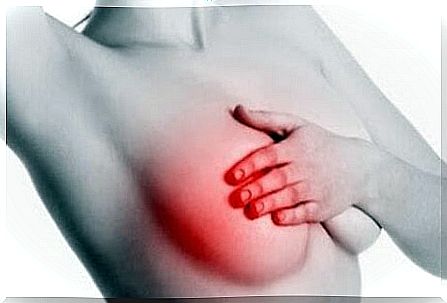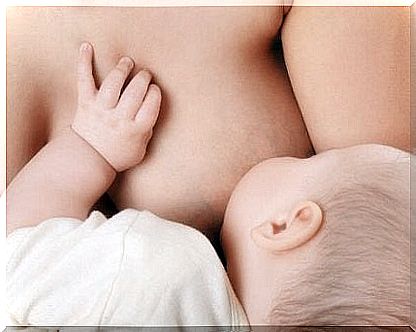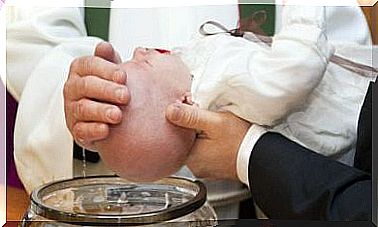Milk Congestion: How Does It Come About? What Can I Do?

Milk congestion is a common problem that can arise very quickly, but with the right and timely treatment it disappears quickly.
The congestion of the milk can occur in the whole breast or only in parts, causing unpleasant pain.
The breasts harden and become larger because too much breast milk builds up. Typical symptoms are swelling, redness, pain or fever with chills.
Milk congestion is a common problem
Milk congestion is normal for the first or second week after the baby is born. This is because stress is the number one cause of this problem. In addition, some women have (too) much milk, which also favors a jam.
Overwork, stress with the partner, too many visits or housework often lead to this problem. Perhaps the baby did not drink enough milk or the nursing bra is too tight. But these are rather rare triggers for milk congestion .
There is also the possibility that the milk production is not yet adapted to the needs of the infant in the first few days. Stopping breastfeeding does not solve this problem because milk is still being produced.

Fever due to obstructed milk
Particularly in the first few weeks of breastfeeding, milk congestion can also be accompanied by fever, general malaise and tiredness. While this doesn’t have to be the case, it is common.
If the woman has a higher body temperature in the days after giving birth, but shows no symptoms of infection, the increased milk production is usually responsible.
If a fever occurs with a blocked milk, the child can still be breastfed without any problems. You have to take into account, however, that the fever could also indicate mastitis (inflammation of the breast).
While breastfeeding is still possible in this case, it is very important to see a doctor who will assess the situation. With mastitis, steps must be taken to prevent complications.

What can you do?
To avoid pain and possible complications with milk stasis, it is important to take correct action. There are different possibilities:
- Breastfeeding the baby frequently, even if it needs to be awakened.
- Breastfeeding the newborn for as long as it wants, but for at least 20 minutes.
- Express a small amount of milk before breastfeeding, as this will also allow the baby to grip the nipple better.
- Massage the breast while breastfeeding to improve the flow of milk.
- Always place a cold cloth on your chest after breastfeeding to relieve pain and swelling.
- Alternate with different breastfeeding positions to empty all areas filled with milk.
- Always start breastfeeding from a different side in order to empty the breasts in a balanced way.
- Do not additionally feed the baby with baby milk.
- Take a hot shower or place hot towels on your breasts before breastfeeding to improve milk flow and prevent congestion.
- Get enough sleep and relax (there is no excuse!).









